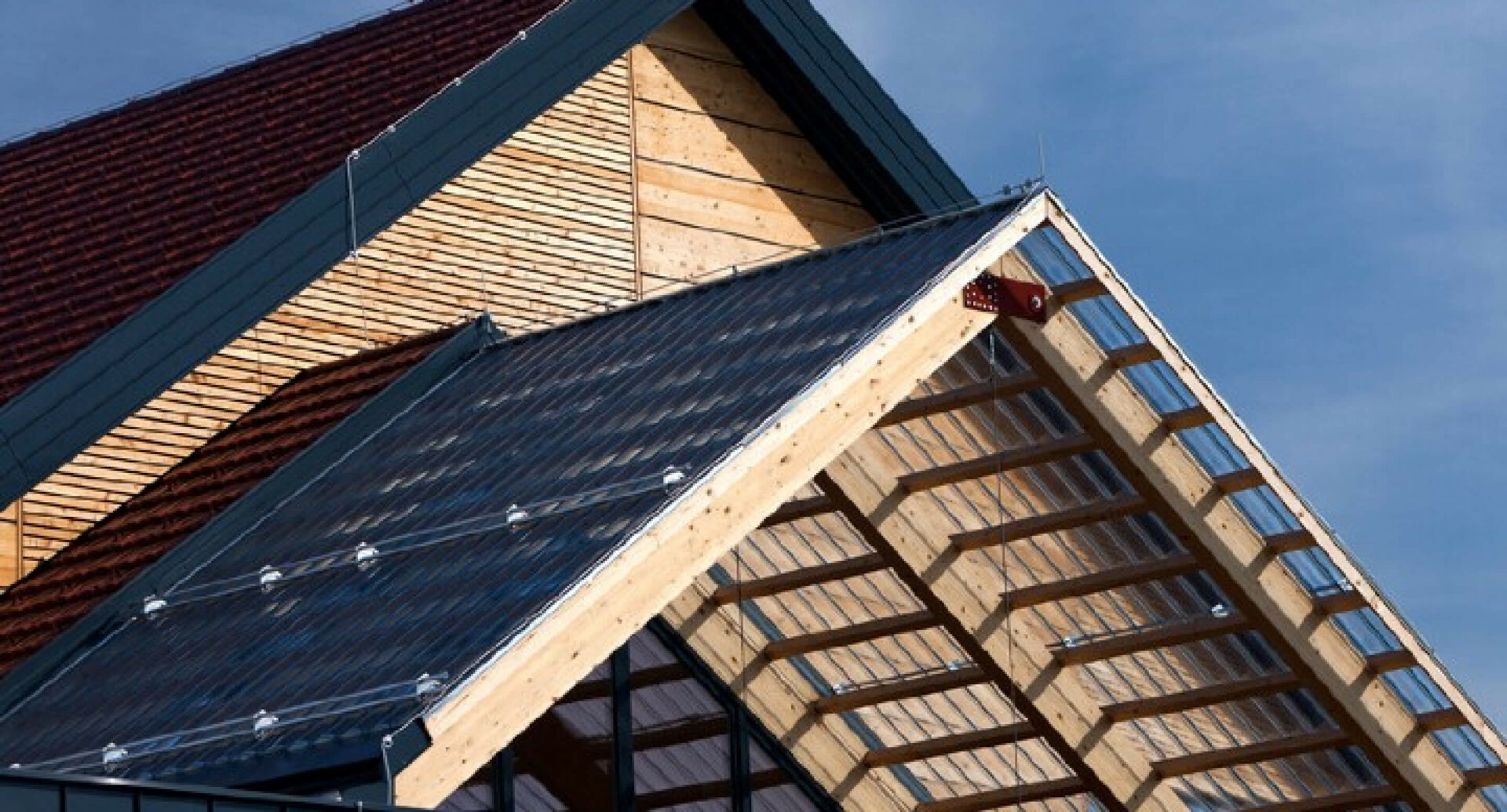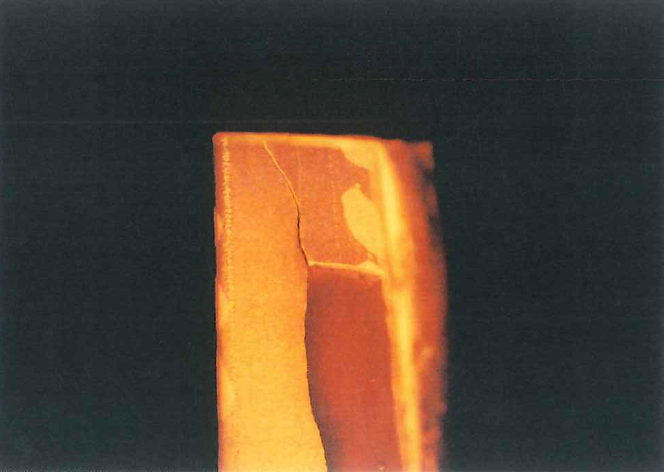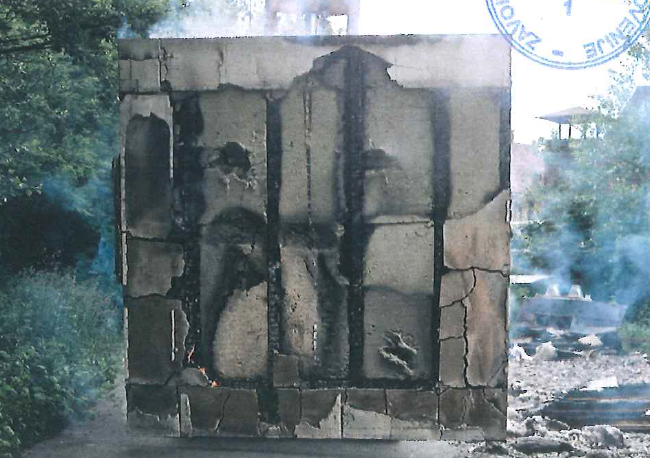Fire safety of wooden houses

People fear the combination of wood and fire for good reason. Historically wood has been the primary building material in many places around the world; entire cities were built of wood. The archives contain many documents relating to cities that were burned to the ground at different points in time; in densely built cities, fire could quickly jump from building to building. This memory is deeply rooted in people’s minds even today and is not let go so easily.
Biases are not only harsh, but they are also unfair in wood construction. Various in-depth research and analysis have revealed that the majority of wood fires occur in abandoned or derelict houses, cottages, or garden sheds, rather than in modern buildings. Old buildings were not built with precautionary measures for fire safety and people often act recklessly and recklessly without considering the fire risk factor. For example, Northern European countries even build wooden residential buildings up to 300 m! This testifies that wood is a fire-safe material. And more and more European countries are starting to make wooden skyscrapers.

What Does it Take for a Wooden House to Catch Fire?
For the wooden structure to catch fire, it requires the so-called magic triangle – three main components. The first component is the fuel: in this case the wood itself. The second component is oxygen or oxidant which allows the combustion of a flame. The last component is an ignition source, which can be anything from a candle in a Christmas tree or a fault in an electrical installation. We encounter the combination of the first two components every day. An important factor in the fire safety of wood is its moisture levels. Wood absorbs moisture from its surroundings and releases moisture back into the environment. The wood is never completely dry. The unique property of wood is a beneficial factor for fire safety.
Compared to metal buildings, metal is an excellent conductor of heat and heats up very quickly. When it reaches 300-400 degrees, it deforms and the construction fails. Wooden buildings, on the other hand, can withstand higher temperatures. During wildfires, when temperatures reach 1.000 degrees, the inside of a wood building will never reach more than 100 degrees as long as the interior layers of wood maintain moisture. This makes a wooden house safer for evacuation in the event of an accident, and the fire can be extinguished, preserving the construction of the building.
REI
R = Cargo carrying capacity. The time in which the relevant structural element is capable of supporting the current load in a normal stage of fire development.
E = integrity. The length of time the structure maintains its integrity against flames or hot gases in a standard fire.
I = isolation. The time required to produce a temperature increase on the cold side of the structural member.

REI test results are obtained in the form of a timestamp indicating how many minutes the structural element resists fire before the threshold for each criterion is exceeded. If the product meets the requirements for class REI 60, the result means that the structural element can resist fire for one hour depending on load capacity, integrity and insulation. The insulation capacity is determined by the temperature on the opposite side if the fire temperature is not allowed to rise above 140 degrees. In some cases, additional criteria can be included in the classification.
REI Fire Test Done on Jelovica Timber-Frame Walls
| 100 | mm | external insulation PVC |
| 16 | mm | wood-cement board |
| 140 | mm | stone wool |
| 140 | mm | timber-frame |
| 0,25 | mm | vapor foil |
| 12 | mm | wood-cement board |
| 12,5 | mm | gypsum board |
The supplier prepares an external wall from the specifications listed above, 2,920 mm long and 3,000 mm high. A branch with the respective corrugated pipes is also placed into the wall. A load with a value of 35kN/m is placed on the upper part of the wall. The wall remains in the laboratory for 11 days, with a temperature of 18 degrees and relative humidity of 60%. After this period, the wall is placed in a kind of large oven. Temperature and load detectors are placed on the wall. The oven is turned on at around 300 degrees and the temperature rises to more than 1,000 degrees. The test begins when the temperature reaches 300 degrees. If the wall passes 90 min of load bearing in this kind of rife, then acquire the REI90 certificate. The total cost of a test for a single prefabricated timber frame wall is approximately 5,000 euros.
Down in the image, we ca see the wall at the beginning of laboratory tests with temperature and load sensors.

Oven with wooden wall inside subjected to more than 1,000 degrees.

The end of the fire test stopped after 91 minutes.

Exceptional Results of the REI Fire Test
- The wall has received the REI90 certificate.
- The wall is still load-bearing. It can support 3,700 kg after 91 minutes of exposure to fire.
- The fire did not penetrate to the other side.
- The temperature on the side not exposed to the fire was 49 degrees, while on the exposed side, it was 1,025 degrees!